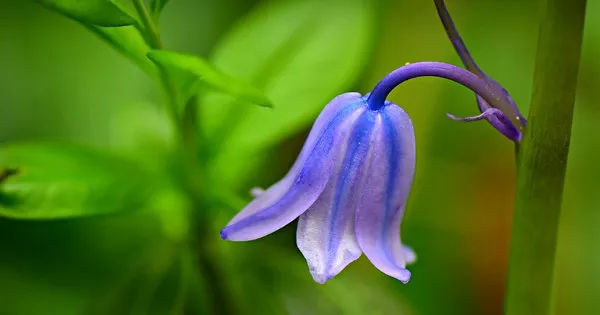Runner beans (Phaseolus coccineus) are beloved for their tender pods, vibrant flowers, and bountiful yields. However, like any garden crop, they can fall victim to a range of pests that threaten their growth and productivity. This article delves into the world of pests that attack runner beans, exploring the common culprits and providing valuable insights into preventive measures and effective management strategies.
The Beauty of Runner Beans
Runner beans, native to Central America, have become a staple in many home gardens and commercial farms due to their versatility, nutritional value, and appealing appearance. Their cascading vines adorned with striking red, white, or pink flowers make them both an aesthetic delight and a culinary treasure.
Common Pests Affecting Runner Beans
1. Aphids (Aphidoidea): Aphids are small, sap-sucking insects that can cluster on the undersides of runner bean leaves. They feed on the plant’s sap, leading to distorted growth and the formation of sticky honeydew. The honeydew can attract sooty mold, further hampering photosynthesis.
2. Black Bean Aphid (Aphis fabae): Also known as the blackfly, this aphid species prefers the young growth of runner bean plants. Their feeding can cause stunted growth and a general decline in plant health.
3. Whitefly (Aleyrodidae): Whiteflies are tiny, winged insects that congregate on the undersides of leaves. Their feeding weakens the plant and can lead to the transmission of plant viruses.
4. Spider Mites (Tetranychidae): These minuscule arachnids feed on plant cells, causing yellowing, stippling, and the formation of fine webbing on the leaves. Spider mite infestations are often favored by hot and dry conditions.
5. Slugs and Snails (Gastropoda): Slugs and snails are nocturnal pests that feed on young runner bean plants, leaving behind ragged holes and damaged leaves. Their feeding can severely impact the growth of the plants.
6. Bean Weevils (Acanthoscelides obtectus): Bean weevils lay eggs on the bean pods, and the larvae bore into the beans, consuming their contents. This can lead to reduced yield and the presence of unsightly holes.
7. Caterpillars (Lepidoptera): Various caterpillar species can feed on runner bean foliage, causing defoliation and weakening the plants. The larvae of moths and butterflies are the primary culprits.
Preventive Measures
1. Cultivation Practices
Practice crop rotation to reduce the buildup of pest populations in the soil.
Clear away debris and weeds to eliminate hiding places for pests.
Avoid over-fertilizing, as excessive nitrogen can attract aphids and other pests.
2. Companion Planting
Plant companion plants that deter pests, such as marigolds, nasturtiums, and mint, near runner beans.
Interplanting with aromatic herbs like rosemary and sage can help repel insect pests.
3. Physical Barriers
Use row covers or fine mesh netting to prevent pests like aphids, whiteflies, and caterpillars from accessing the plants.
Integrated Pest Management (IPM)
IPM combines various strategies to manage pest populations while minimizing the use of chemical pesticides. Key components of IPM for runner beans include:
1. Monitoring
Regularly inspect plants for signs of pest infestations, such as discolored leaves, holes, and distorted growth.
2. Cultural Controls
Implement preventive measures such as proper spacing, timely planting, and maintaining healthy soil to minimize conditions favorable to pests.
3. Biological Controls
Introduce natural predators and parasites that feed on pest insects, such as ladybugs, lacewings, and parasitoid wasps.
4. Mechanical Controls
Handpick larger pests like caterpillars, slugs, and snails when they are visible on the plants.
Chemical Controls
While chemical pesticides are an option, they should be used judiciously and only as a last resort. Select pesticides that specifically target the pest species and minimize harm to non-target organisms and the environment.
Organic Pest Control
1. Neem Oil: Neem oil is derived from neem tree seeds and acts as a natural insect repellent. It disrupts the feeding and reproductive patterns of various pests.
2. Insecticidal Soap: Insecticidal soap is a safe option that suffocates soft-bodied pests like aphids, whiteflies, and spider mites.
Conclusion
Runner beans are a valuable addition to any garden, offering both beauty and sustenance. However, the presence of pests can threaten the health and yield of these plants. By understanding the pests that commonly attack runner beans and adopting a comprehensive approach to pest management, gardeners can protect their crops while maintaining a healthy and thriving garden ecosystem. Whether through preventive measures, integrated pest management, or organic controls, the key lies in vigilance and a proactive stance against these potential threats. By fostering a harmonious balance between runner beans and their environment, we can enjoy the rewards of a successful harvest while safeguarding the beauty and productivity of our gardens.


